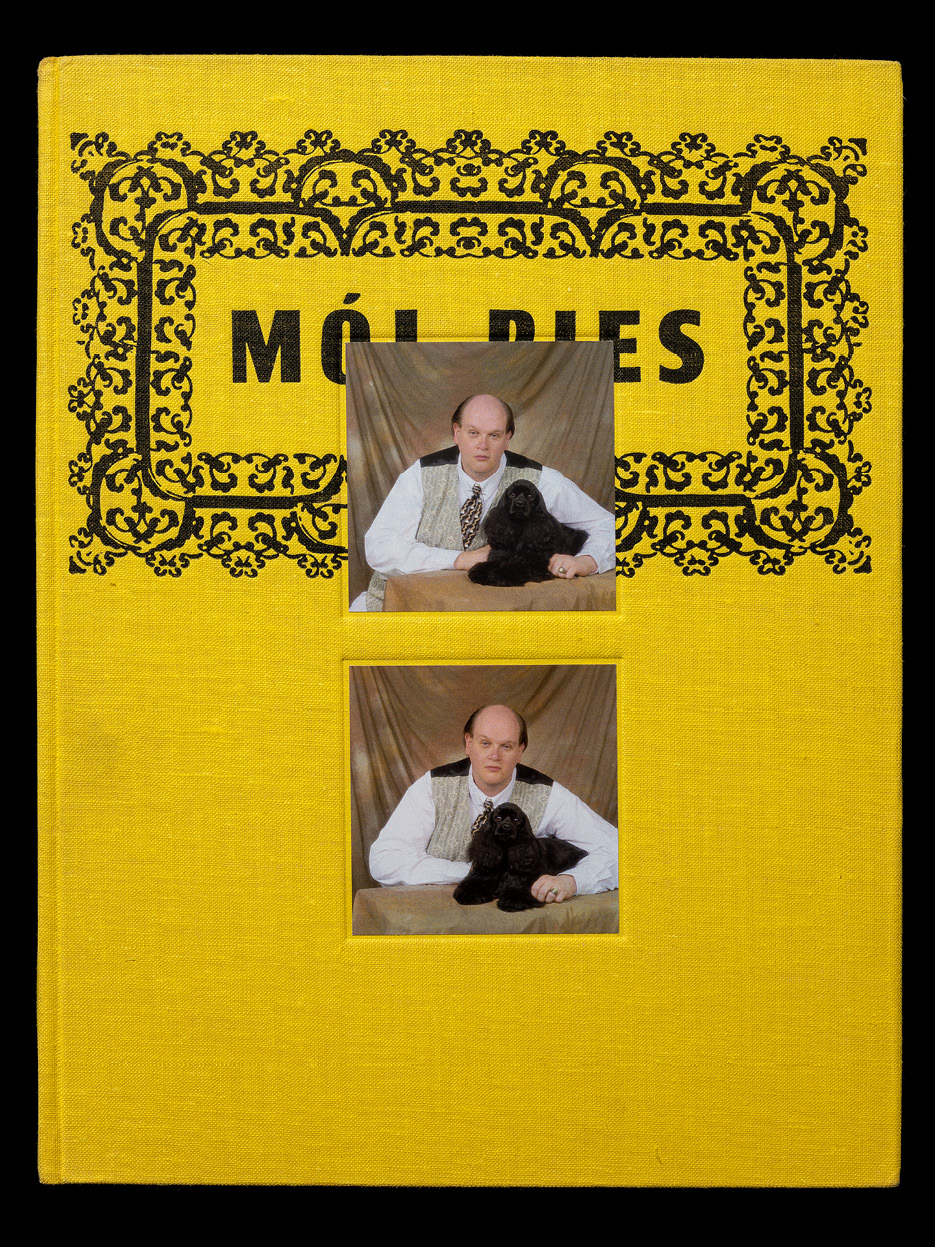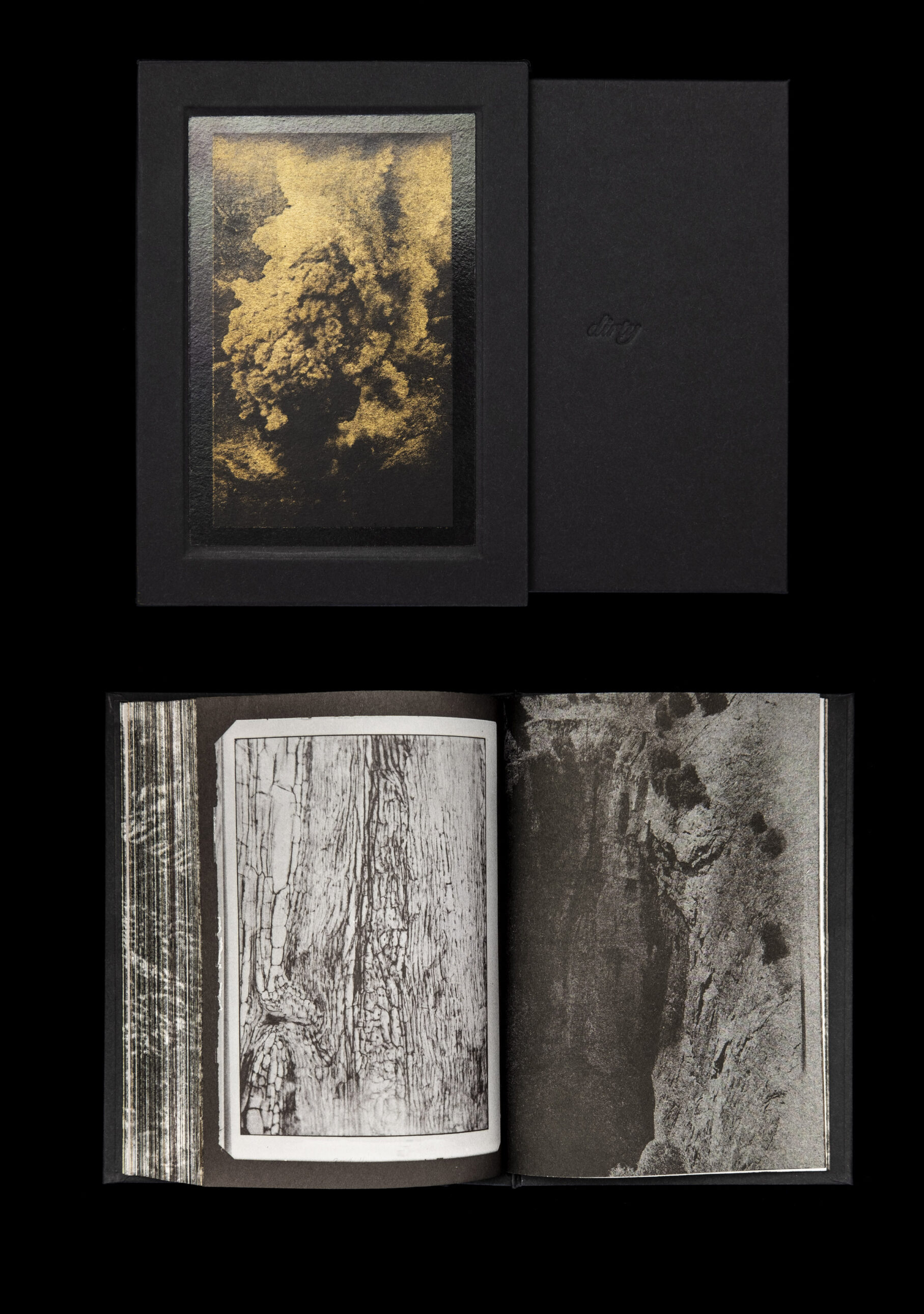OUTER SPACE PRESS
Magdalena Wysocka and Claudio Pogo are Berlin based artist duo, whose work bridges a variety of related mediums, ranging from printworks to handmade photobooks. Their practice is centered around collecting and re-contextualizing found photography. Material is sourced from vintage photographs, books, print ephemera and other archives, then stripped of its original intention and context.
Since 2016, the duo has been producing, publishing and distributing their artists’ books through their imprint, Outer Space Press (OSP). The focus of their publishing practice is reinterpretation of a classic photobook through experimentation with printing, often deliberately working with imperfect printing processes. Wysocka and Pogo’s books can be found in libraries of the MoMA, The MET, New York Public Library (Permanent Collection), Fotomuseum Winterthur, Yale University Library (USA), Kinsey Institute Library (USA), Penumbra Foundation (NYC) amongst others
Since 2016, the duo has been producing, publishing and distributing their artists’ books through their imprint, Outer Space Press (OSP). The focus of their publishing practice is reinterpretation of a classic photobook through experimentation with printing, often deliberately working with imperfect printing processes. Wysocka and Pogo’s books can be found in libraries of the MoMA, The MET, New York Public Library (Permanent Collection), Fotomuseum Winterthur, Yale University Library (USA), Kinsey Institute Library (USA), Penumbra Foundation (NYC) amongst others


